Let's say there is a race meeting at Wolverhampton in the UK, and the 1:25pm race has a horse named Red Gunner as the favourite at +275 (3.75).
The race starts in 20 minutes, and you place a $10 bet on Red Gunner now at its current price of +275.
In the minutes leading up to the race, a lot of money is placed on another horse, called Greengage, which was priced at +800 but is backed into +500 (6.00).
As a result of the betting activity just before the race, Red Gunner drifts out to +400 (5.00).
Red Gunner wins the race, and your $10 bet wins you $37.50 including your returned stake.
If you had placed a $10 bet on Red Gunner but chosen to back it at the starting price, you would have instead collected $50.
Of course, it can also work the other way. Red Gunner could have been backed into +175 (2.75) right before the race, meaning your winnings would have been lower than what you did end up winning.
Taking the starting price is taking a gamble on how the odds will change before a race, which could end up either increasing or decreasing your winnings.
It might be worth studying the odds for a few races for 10 minutes before they all start to get a feeling for how odds move, and how you can best use it to your advantage.
Also note that on some races, fixed odds may not be available.


 Bookies Offers
Bookies Offers  Betting India
Betting India  Wettbonus Österreich
Wettbonus Österreich  Wettbonus Deutschland
Wettbonus Deutschland  Bookmaker Bonus
Bookmaker Bonus  Odds Bonusar
Odds Bonusar  Odds Bon
Odds Bon  Odds Bonusser
Odds Bonusser 


















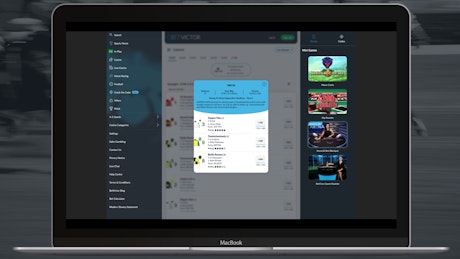
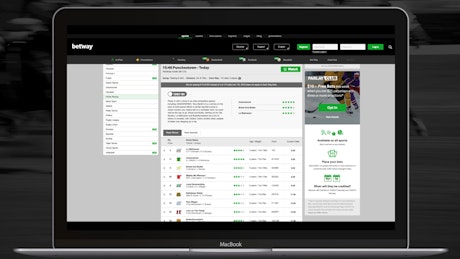
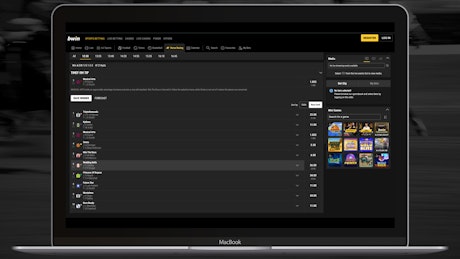
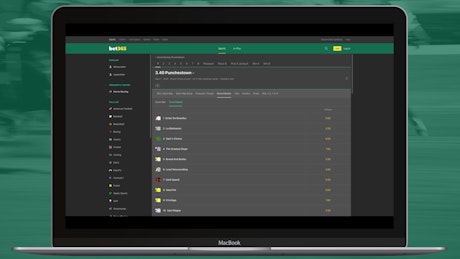















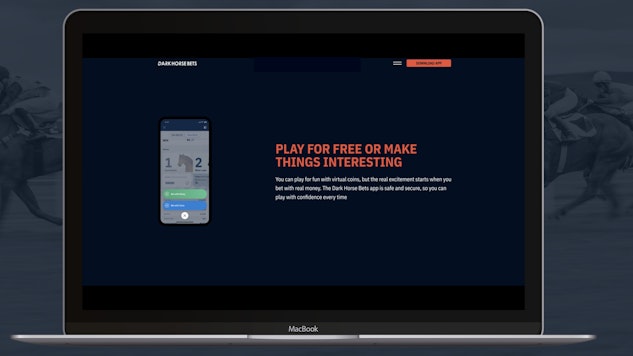
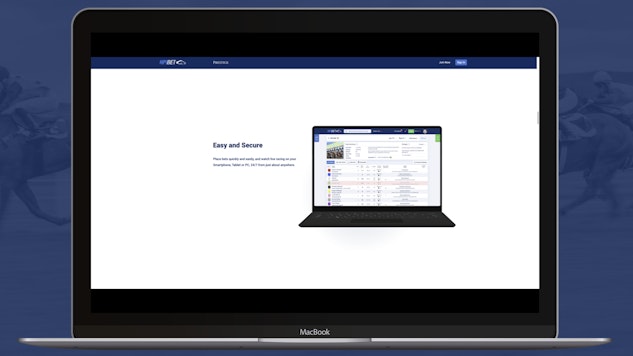







 Betting Sites UK
Betting Sites UK  My Betting Sites Australia
My Betting Sites Australia  Betting Sites Canada
Betting Sites Canada  Betting Sites Kenya
Betting Sites Kenya  Betting Sites India
Betting Sites India  Betting Sites Nigeria
Betting Sites Nigeria  Betting Sites New Zealand
Betting Sites New Zealand  Betting Sites South Africa
Betting Sites South Africa  Betting Sites Ghana
Betting Sites Ghana  Betting Sites Ireland
Betting Sites Ireland  Betting Sites US
Betting Sites US